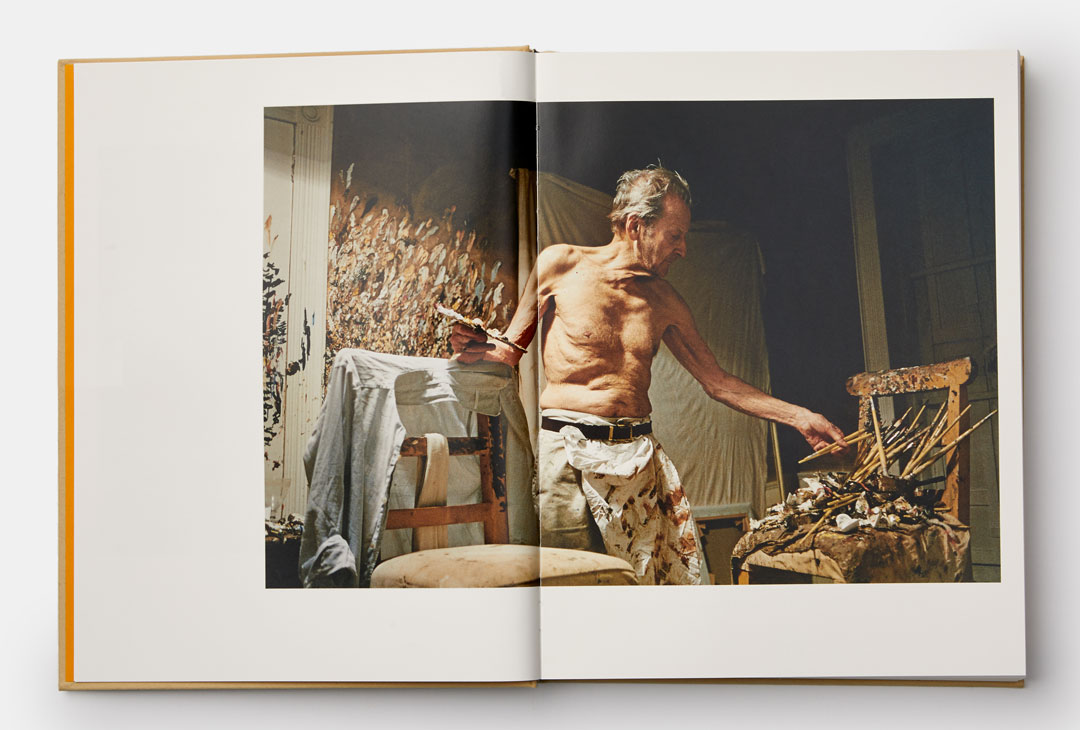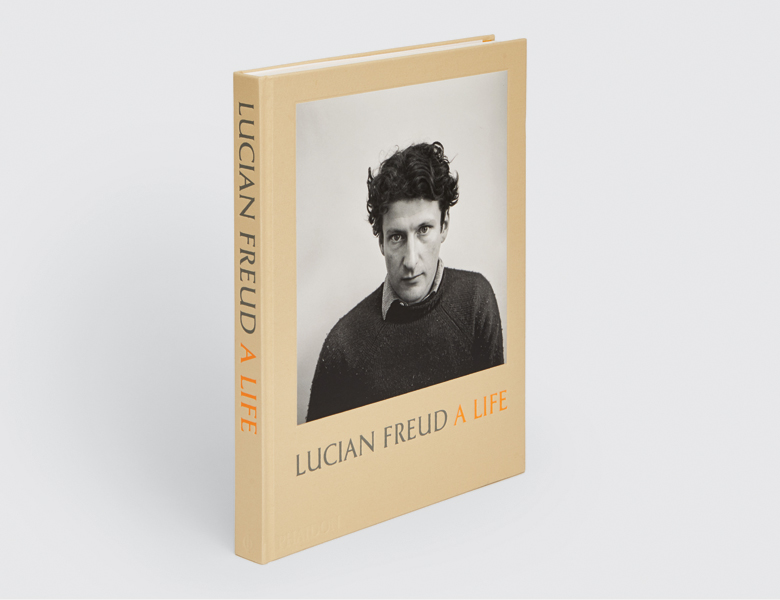
'I’m not frightened in the slightest of death' - Lucian Freud on his final years
Lucian Freud: A Life is an unprecedented look at the private life of Lucian Freud - beginning with childhood snapshots and ending with rarely seen photos taken in his studio in the last weeks of his life
Our new book Lucian Freud: A Life is a breathtaking visual biography of the artist, told through his own words, unpublished private photographs, and painted portraits. It captures his early years, first in Berlin and then in London perfectly, yet it also reveals the days of his final decade, and his thoughts and conclusions on life.
“Much has been made of the idea that Lucian Freud was reclusive,” explains Mark Holborn in the introduction to the 2000s in our new book Lucian Freud: A Life. “On the contrary, he was a recognizable figure in public in his later years, and his picture was frequently in the press, yet he protected his privacy firmly. His work remained a priority until his last months. He saw no point to a life in which he could not paint.
“In the first decade of the new millennium he also worked outside the studio. His fascination with horses and animals in general was confirmed by visits to draw at the barracks of the Household Cavalry. [Freud’s long-standing assistant] David Dawson found small stables in the parkland of Wormwood Scrubs in west London and introduced Freud to them. An easel and paints were set up, and he painted inside the stables.

“Freud’s fascination with certain great figures in the history of art became explicit. He devoted energy in his final years to drawing our attention to the work of the masters. His interviews and selections threw a light on his predecessors, while also illuminating aspects of his own work. Unselfconsciously and generously, he enabled the viewer to see his work in a greater historical context, which spread far beyond the parameters of normal discourse on contemporary art. He produced work drawn from Chardin. He was vociferous on the importance of Titian, which was significant in a period when the National Gallery in London and the National Galleries in Scotland were campaigning to save two great paintings for the nation. He selected a large Constable retrospective exhibition for the Grand Palais in Paris and spoke with great insight about England’s most famous artist. His paintings were shown among the old masters at the Dulwich Picture Gallery. His posthumous exhibition at the Kunsthistoriches Museum in Vienna was arranged in two large galleries, separated by a central gallery hung with Titians; far from being a divisive gesture, the effect was spectacularly congruous.”
The artist’s view of his imminent death, and what would come afterwards, solidified during this time and the artist made telling analogies between it and what he saw as the straitjacketing of an insurance policy.
"“I feel it is absolutely awful, all based on fear, taking money away from people because they are afraid of what might happen,” Freud is quoted as saying in our new book. “But when the feared thing does happen, you can be sure something called the small print will come into effect. The notion of the afterlife is much the same, giving people the idea that this life – your actual life – is just an hors d’oeuvre in comparison with what comes later. As far as I am concerned, the whole idea is utterly ghastly. I’m not frightened in the slightest of death; I’ve had a lovely time.”
Want to know more about Freud's life, from his childhood right up until his final months? Order a copy of Lucian Freud: A Life, here.